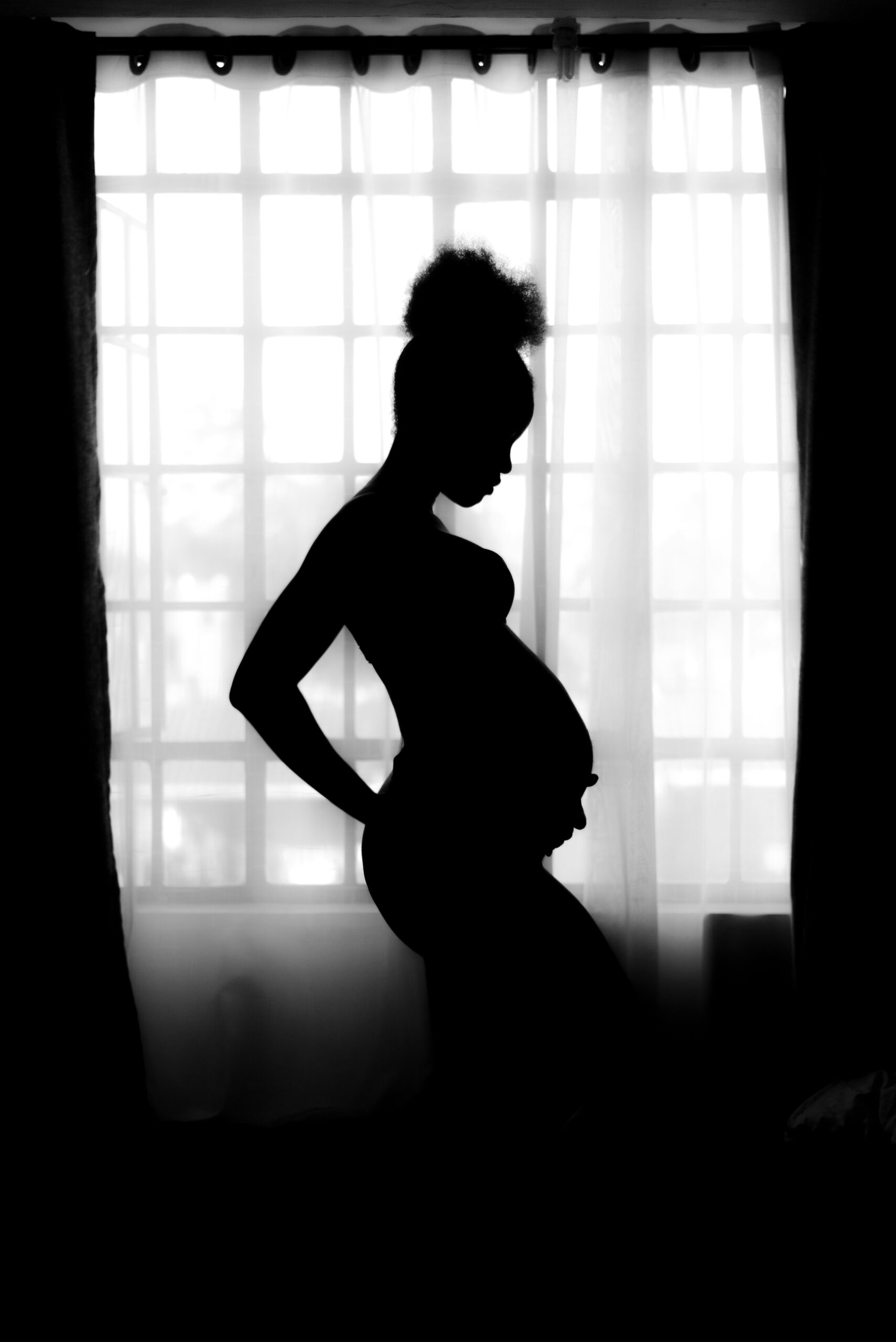One of the most powerful ways to explore the mysteries of life and death is through metaphor—and few are as profound as the story shared in the Instagram reel that begins in an unlikely place: a mother’s womb.
In this parable, two unborn babies debate the existence of “life after delivery.” One believes something greater awaits them. The other clings to what is observable, what is known—the small, dark, liquid world they inhabit. What follows is a brilliant reflection of the same conversations we, as sentient beings, have about death and what lies beyond. The womb becomes a mirror of our earthly existence, and the notion of “delivery” stands in for death. Through this beautifully constructed metaphor, the video invites us to question our assumptions, fears, and limitations when it comes to the unknown.
“Do you believe in life after delivery?”
This question opens the reel with a gentle but profound challenge. The first baby scoffs at the idea—just as many skeptics scoff at belief in an afterlife, in heaven, in reincarnation, or in anything that cannot be measured, touched, or proven. It’s a perspective shaped by literalism, logic, and the illusion of control.
“Maybe we’re here to prepare ourselves for what will be later.”
This line stops us in our tracks. The second baby, the believer, opens the door to the sacred possibility that what we endure in the now is shaping us for something more. It’s a whisper of faith, reminiscent of many spiritual traditions that frame our time on Earth not as the destination, but as a preparation ground. This echoes ancient teachings—whether it’s the Christian idea of earth as a “testing place,” the Buddhist cycle of samsara and karmic growth, or Indigenous beliefs of the Earth walk being part of a larger spirit journey.
“The umbilical cord is what scientifically supplies nutrition and all that we need…”
Here, the parable gets even more brilliant. The doubter clings to “science,” to what can be observed, even though his entire world is a narrow and incomplete understanding of existence. This moment mirrors how modern society often reduces human experience to measurable phenomena. We trust only in what we can see or study, disregarding the possibility that our current methods are insufficient for understanding a different plane of being. The “umbilical cord” becomes a symbol of our tether to the material world. We are so attached to it that we cannot imagine existence without it.
“If there were life after delivery, then tell me why has no one ever come back from there?”
This chilling question—familiar to anyone who has questioned religion, spirituality, or life after death—makes the metaphor plain. The first baby, like many skeptics, demands empirical proof. But this demand itself reveals a blind spot: what if the next existence is simply beyond comprehension, or so radically different that it can’t be translated into the language of this one?
“But certainly we’ll meet Mother, and she’ll take care of us.”
In one of the most emotionally resonant lines of the story, the second baby introduces the idea of a Mother. This is the spiritual dimension—the divine, the creator, the source. Call it God, the Universe, Allah, Mother Earth, or simply love—it is that which envelops us, sustains us, and yet remains unseen. The second baby’s faith in the unseen echoes the faithful across cultures who believe in something larger than themselves, despite never seeing it with physical eyes.
“She’s all around us. We are of her. It is in her that we live.”
This assertion is both poetic and theological. It mirrors biblical language—“In her we live and move and have our being”—and reaffirms mystical traditions that teach the divine is not separate from us, but is the very fabric of our existence. The womb in this story becomes the cosmos, the sacred space in which we are nurtured before entering a new phase of being.
“Sometimes when you’re in silence, and you really listen, you can perceive her presence.”
What a beautiful reminder of faith, intuition, and the power of silence. In the rush and noise of daily life, it’s easy to miss the presence of the sacred. But this line urges us to pause. To tune in. To recognize the hum of something divine beneath the chaos. It’s not about proving the Mother’s existence—it’s about feeling it. Much like the experience of prayer, meditation, or quiet reflection, which doesn’t offer proof but instead presence.
This parable is a masterclass in spiritual imagination. It doesn’t argue for any particular religion or theology, but it pushes back against the arrogance of certainty. It reminds us that the limitations of our current existence—whether physical, intellectual, or emotional—do not negate the possibility of something more. Just because the fetus cannot comprehend the world of light, sound, movement, and speech does not mean it doesn’t exist. The same could be said of our understanding of death. Just because we cannot yet see what lies beyond the veil does not mean it is empty.
The brilliance of the reel lies in its simplicity. It doesn’t preach. It doesn’t judge. It invites. It nudges. It opens the mind to the possibility that we are not alone, not abandoned, not foolish for believing in something we cannot yet name.
So the next time someone asks, “Do you believe in life after death?”—remember the womb. Remember the babies. And maybe, just maybe, answer with childlike wonder:
“I don’t know what comes next, but I believe it will be full of light, and love, and something far greater than I can understand from here.”
Photo by Mustafa Omar on Unsplash


Leave a Reply
You must be logged in to post a comment.